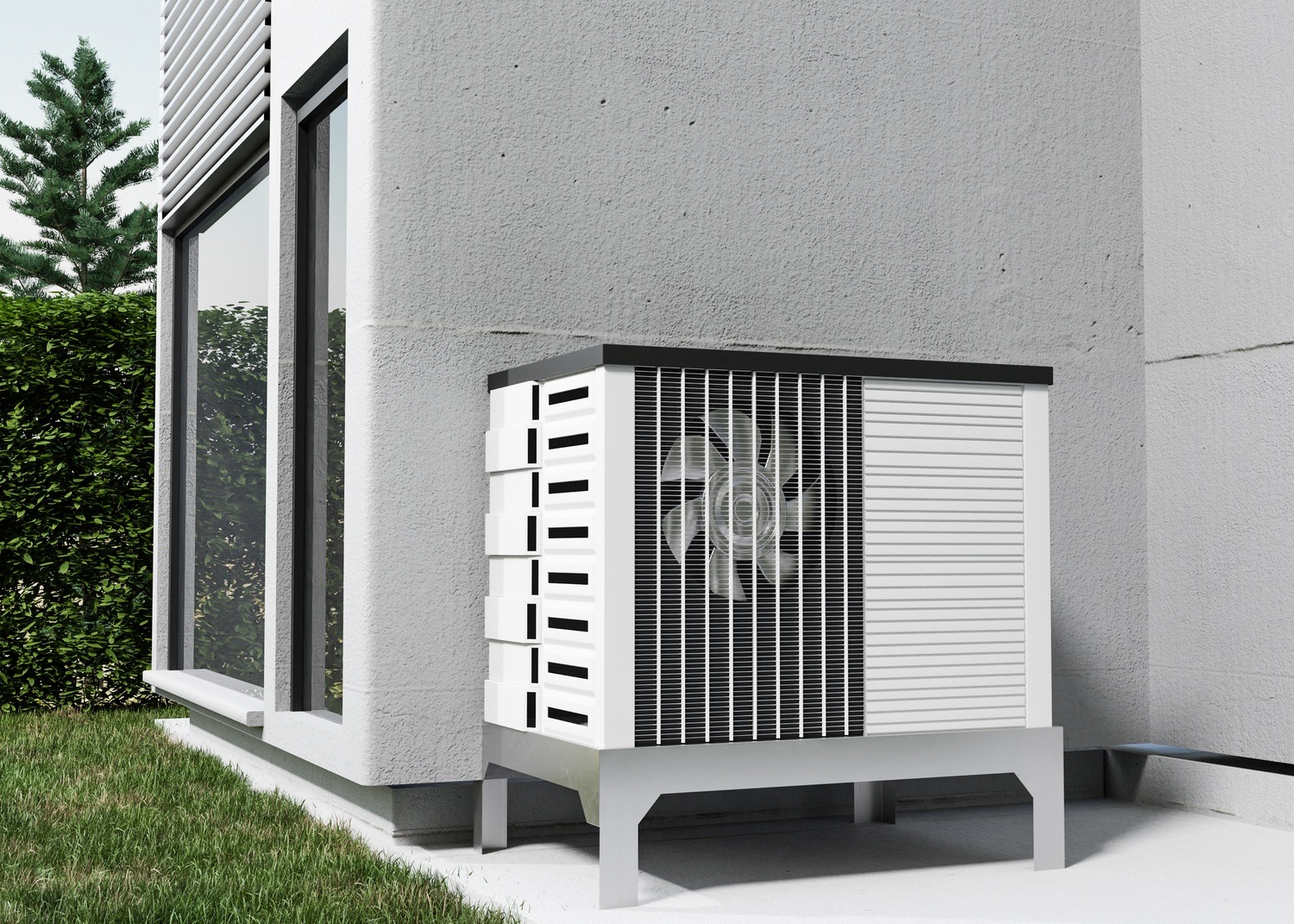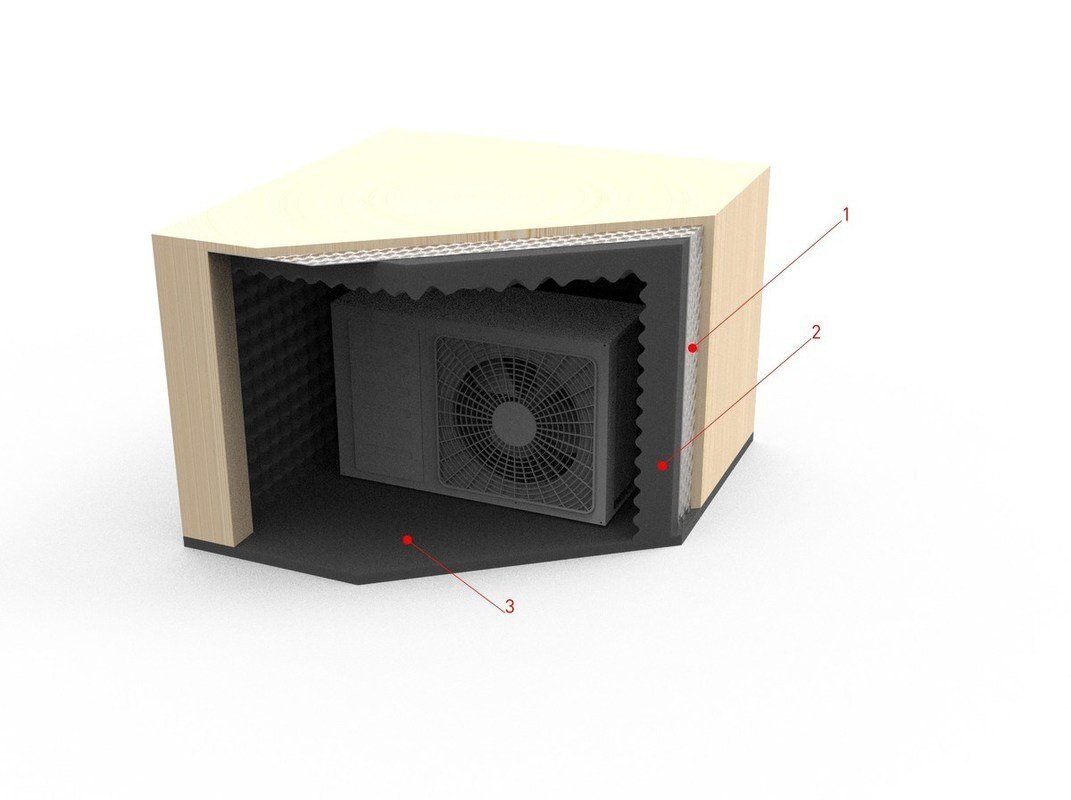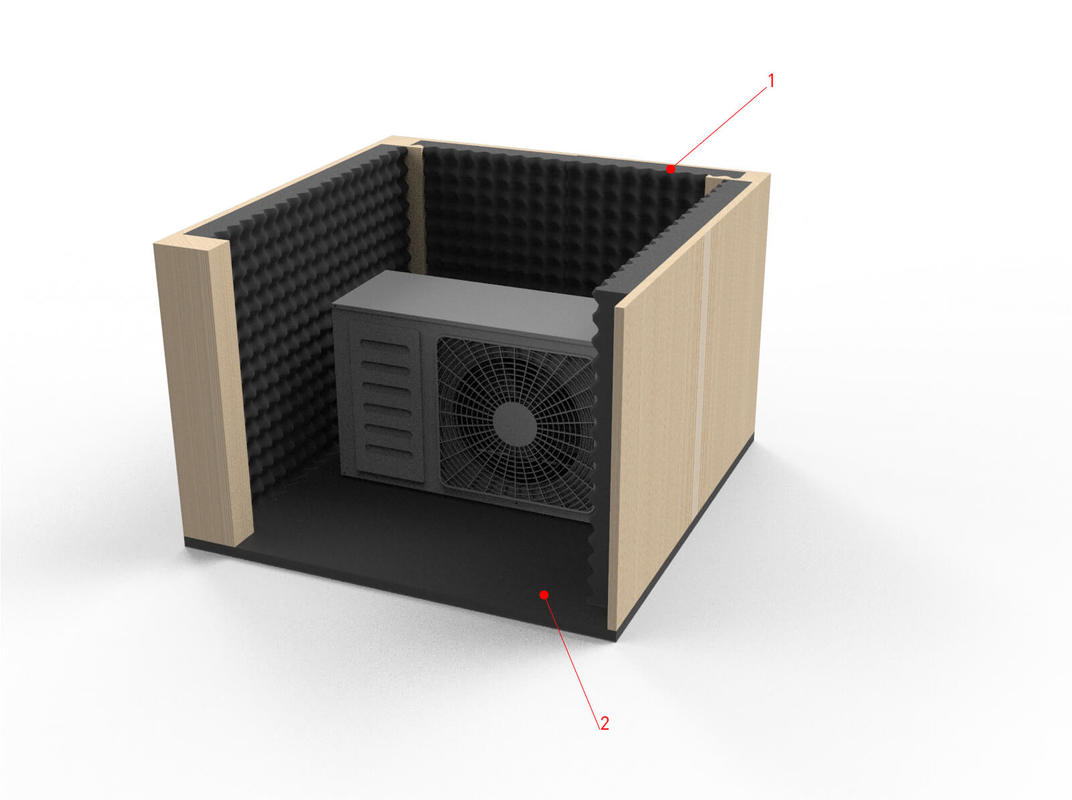Effective sound insulation for air source heat pumps – Reduce noise and increase comfort
Air source heat pumps are an energy-efficient solution for heating and cooling, but they can also generate disturbing noise from the compressor and fan. This can affect the living environment, working environment, and neighborly relations. By soundproofing the air source heat pump, you can create a quieter and more harmonious environment without compromising its functionality. With the right soundproofing measures, you can effectively reduce the noise level and integrate the heat pump more discreetly into its surroundings.
How to soundproof an air source heat pump
Soundproofing an air source heat pump involves reducing sound transmission and vibrations through strategically selected materials and techniques. One of the most effective methods is to use sound-absorbing materials around the unit, which helps to dampen sound waves and prevent noise from spreading. Sound-insulating screens and enclosures are also popular solutions that divert sound away from sensitive areas, such as bedrooms, offices, or nearby residences.
Problems solved by soundproofing an air source heat pump
Reduced noise levels
Sound insulation reduces the constant background noise from fans and compressors, creating a more pleasant sound environment both indoors and outdoors.
Improved living comfort
A quieter air source heat pump means you avoid disturbing noise in your home, which improves your quality of life and sleep quality.
Protection against disturbances in the neighborhood
In densely populated areas, a noisy air source heat pump can cause irritation and conflicts. By soundproofing the unit, you can avoid complaints and improve relations with neighbors.
Optimized working environment
In commercial and industrial environments, a quieter heat pump can reduce distractions and improve the working climate.
Vibration damping
Some sound-dampening technologies not only reduce noise but also prevent vibrations that can be transmitted through the building structure.
Increased energy efficiency and sustainability
More balanced operation with less vibration can help reduce wear and tear on the heat pump, thereby extending its service life.
Sound attenuation for all types of environments
Whether you live in a house, townhouse, apartment, or run a business, there are effective soundproofing solutions for your air source heat pump. Quiet solutions are especially important in areas where sound comfort is crucial, such as residential areas, hotels, offices, and other places where a comfortable noise level is important.
Create a quieter and more pleasant environment
Investing in sound insulation for your air source heat pump is a long-term solution for improving your living environment and reducing noise problems. By choosing the right soundproofing products, you can enjoy an efficient heat pump without disturbing noise. Explore our sound insulation solutions and take the step towards a quieter and more pleasant environment today.








